10,500 kilometers by foot has made us advocates for cities that put citizens’ nature-based needs in the center of their urban planning process.
My eyes fall on the big tree in the far side of the courtyard.
It casts a spell on me. Its leafless branches twist toward the sky, claiming a beauty few notice. I notice, and stop mid-step to admire this natural wonder. I take a picture of it so I won’t forget this moment.
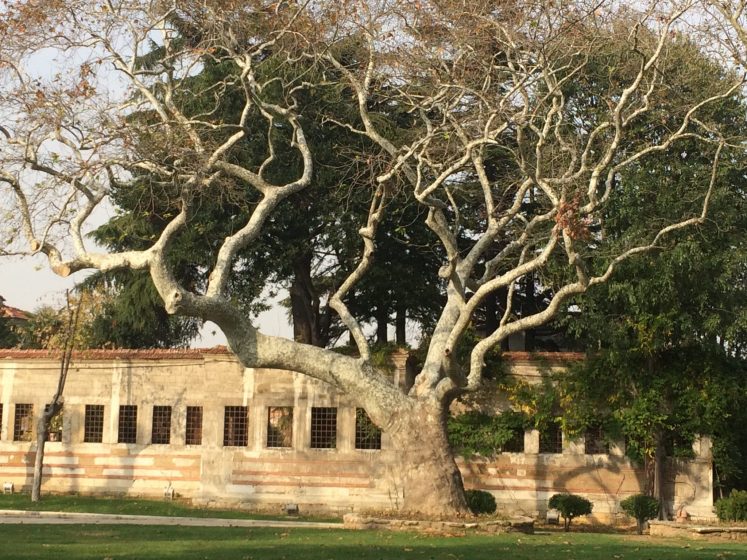
Behind me groups of tourists and school kids rush to see the grandeur of Ottoman wealth in the form of Topkapi Palace, which once housed sultans and harems. Its decorative blue and white tiles, some of which may date back to the 15th Century, have their appeal, and I appreciate their historical importance.
For more in the Bangkok to Barcelona series, click here.
The tree, though, is what has captured all of my attention. After almost two years of walking mostly treeless roads connecting mostly crowded or overcrowded cities, trees, when I see them, get all of my love. Some of them I acknowledge with a nod, others I blow a kiss to, and some I touch as I stroll by. Many trees are so irresistible that I must hug them.
Yes, I’m a tree hugger now.
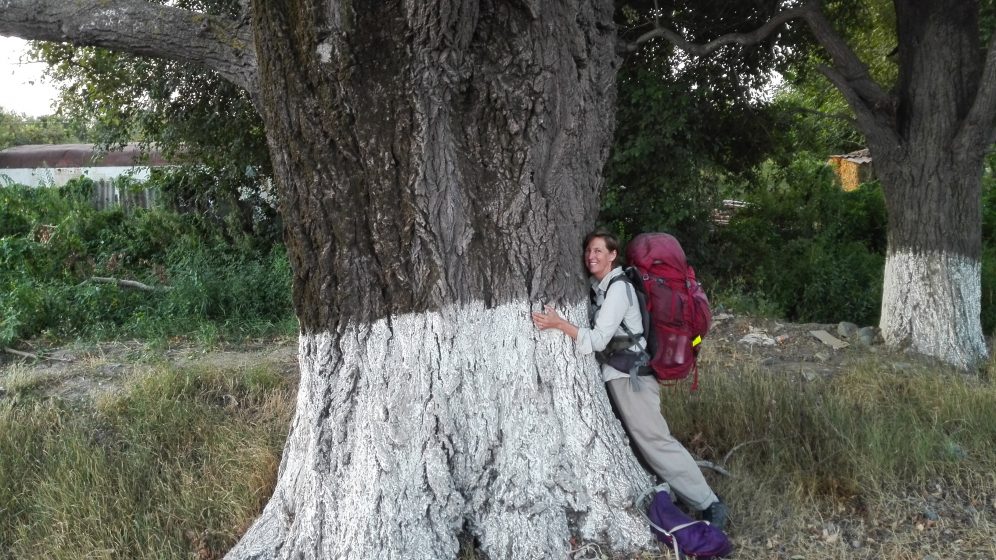
Walking since January 2016 through large swaths of Asia is to blame for my current tree obsession. This foot journey of nearly 10,500 kilometers to date has impacted Lluís and me in ways that we wouldn’t have expected.
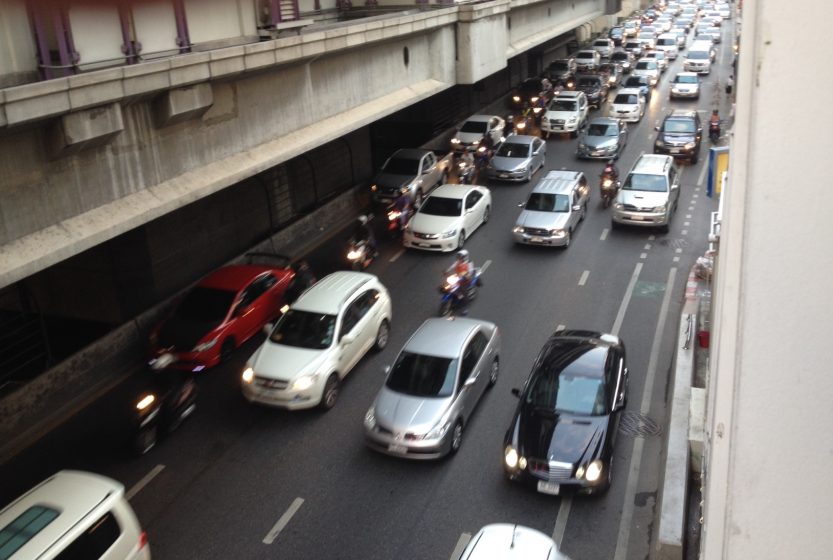
For one, we hug trees in the middle of the street without shame. We loved trees before, but their absence in our day-to-day walking lives—along roads and highways where we can’t escape trucks, buses and cars—has created a hole in our hearts.
We also peek through fences to admire gardens, and stop to watch the birds fly by. We marvel at the colors of flowers blooming and wilting, and freeze-frame pretty buds with our mobile phone cameras.
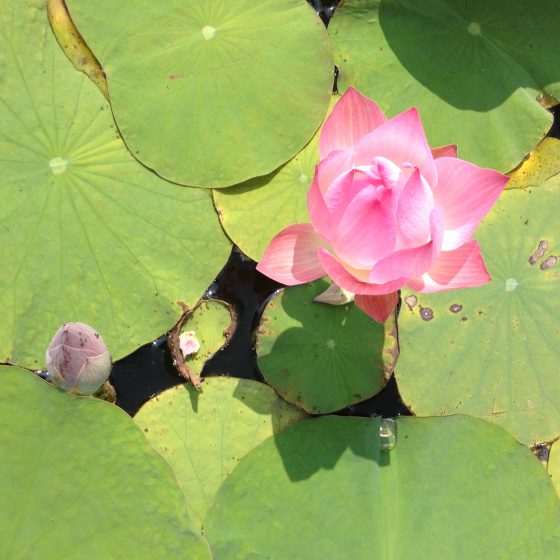
Everywhere, and especially when we pass through cities, we crave open, green spaces. We find ourselves lingering longer in parks, and skipping the main attractions guidebooks recommend.
Scarred by constant horn honking for seven months of walking in Bangladesh and India and almost two years of walking mostly on asphalt, we desperately seek out quiet places. The profound sound of silence simultaneously takes our breaths away and fills us with life.
Most of the cities we have walked through from Thailand to Turkey have lost their souls, in our humble walkers’ opinion.
They have been designed or redesigned—not usually in a good way—to move cars and trucks through their boundaries. The idea that people may still want to walk around by foot feels like a long-lost impulse.
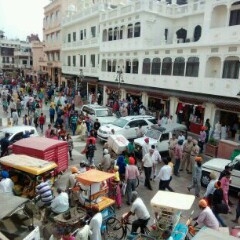
In many places, simple things like sidewalks don’t exist, and if they do, they are in no condition to walk on or have been overrun by mopeds, restaurant tables or vendors who sell any sort of thing off the tarp they threw wherever they decided to sit. Parking laws are for “those other people” not the ones who leave their cars any which way they feel like it, and street lights change before a pedestrian can make it the full distance across. Trees have been cut down to make high-rise apartment buildings, park benches are empty, swings are broken, and buses spewing black exhaust hoard around markets and malls making it impossible for anyone get around.
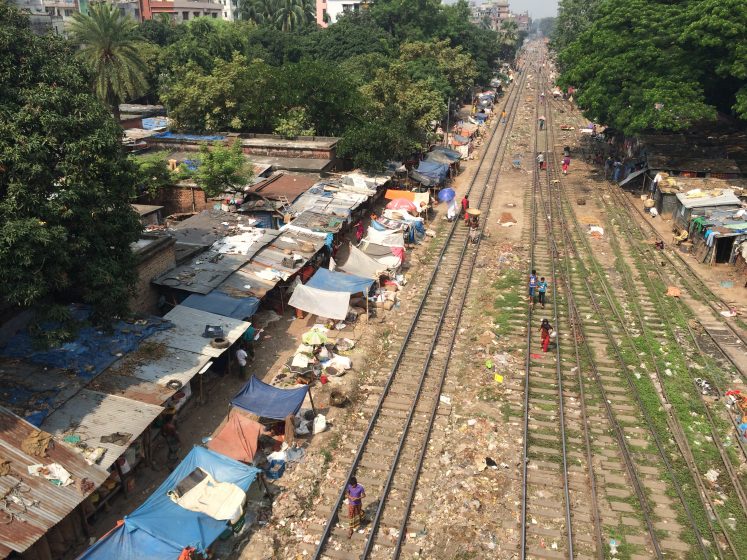
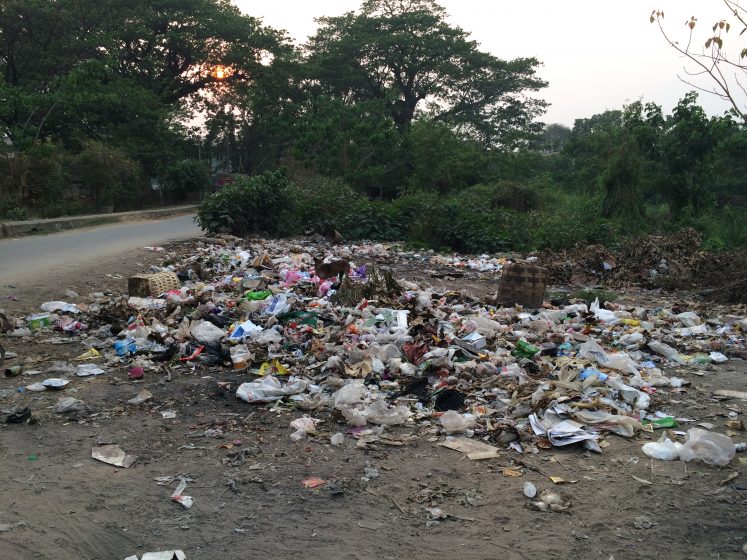
Most of the hundreds of cities and villages we have walked through have disappointed us. They are gritty places, gray from smog and filled with weary faces. We join the weary, and pass through with our heads down and our elbows tucked in to avoid being clipped by a reckless driver. We refill our water bottles, get something to eat and press on, waiting for the next rural stretch where we can breathe easier.
We think out loud about what so many cities we see seem to be missing. Our repeating chain of thought is that many cities surviving alongside roads lack a place where its citizens can step away from the grime, disengage from the urban world around them and momentarily slip into a natural, and much-needed state of stillness.
The idea of finding stillness, noticing silence and enjoying the traces of nature relegated to tiny slivers of cities is very present in our walkers’ minds. These are some of the things we miss terribly walking 10 hours a day in all sorts of weather and cultural conditions.
When we find them, we latch on to them.
That’s why we liked Mashhad, Iran, or Bishkek, Kyrgyzstan, or Chandigarh, India, for instance. Mashhad’s parks and brightly painted benches felt inviting. Bishkek’s pedestrian walkways gave us a space to listen to the birds. In Chandigarh, unlike any other city in India, we could actually walk down a tree-lined street and not fear getting swiped by a moped.
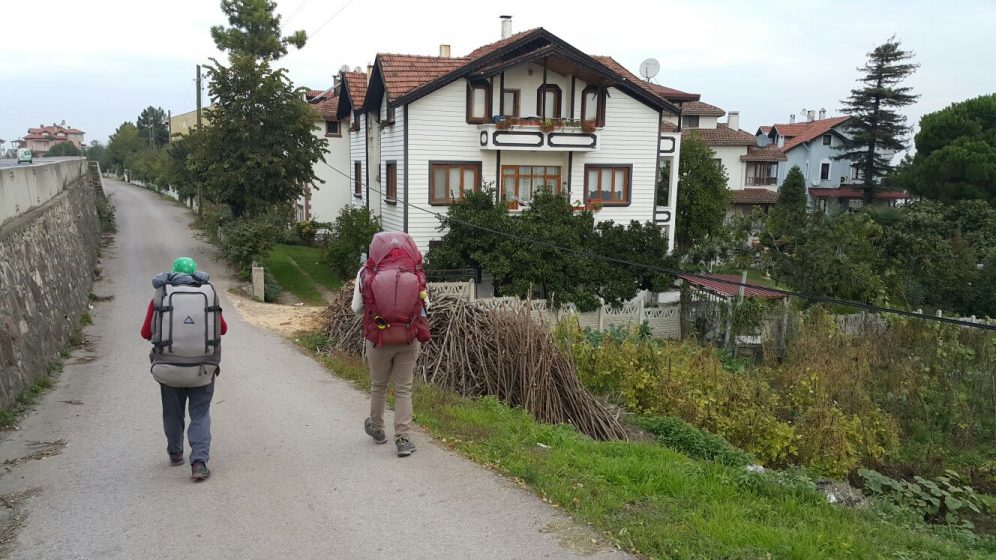
10,500 kilometers by foot has made us advocates for cities that put citizens’ nature-based needs in the center of their urban planning process.
We like to think that if city planners and developers walked around their cities and up and down all of their streets for a couple of weeks, they would see what we see.
They would notice when the birds are singing or not singing, and where they are nesting. They would make note of all the cracks on their sidewalks. They would fix the broken swings no child wants to use. They would put in more trash bins and encourage recycling. They would realize they don’t have enough time to get halfway across a big intersection. They would see a rose, and may stop to smell it.
And, they would notice the big tree sharing its quiet beauty, and save it from ruin because, in a single moment of stillness and quiet reflection, they would feel their primal bind to this natural wonder.
Their footsteps would echo louder than the cars and trucks they think matter most.
Jennifer Baljko
Bangkok to Barcelona on Foot


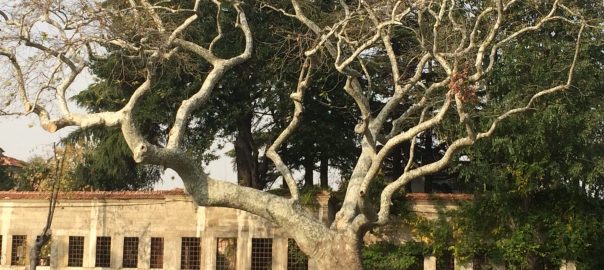
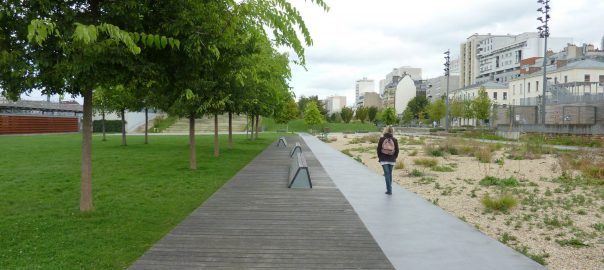

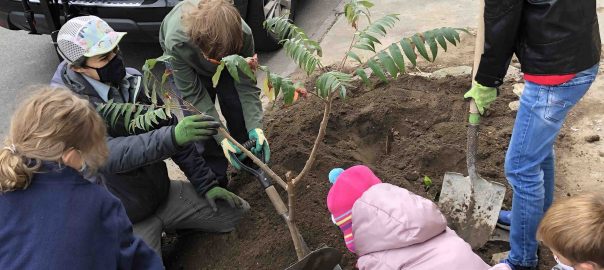
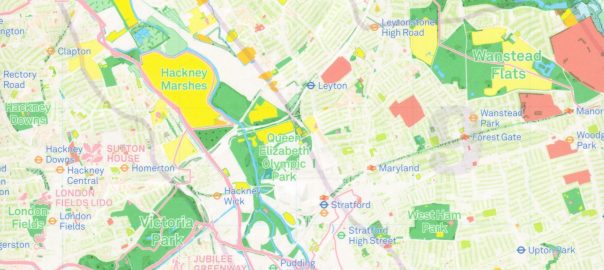
Leave a Reply